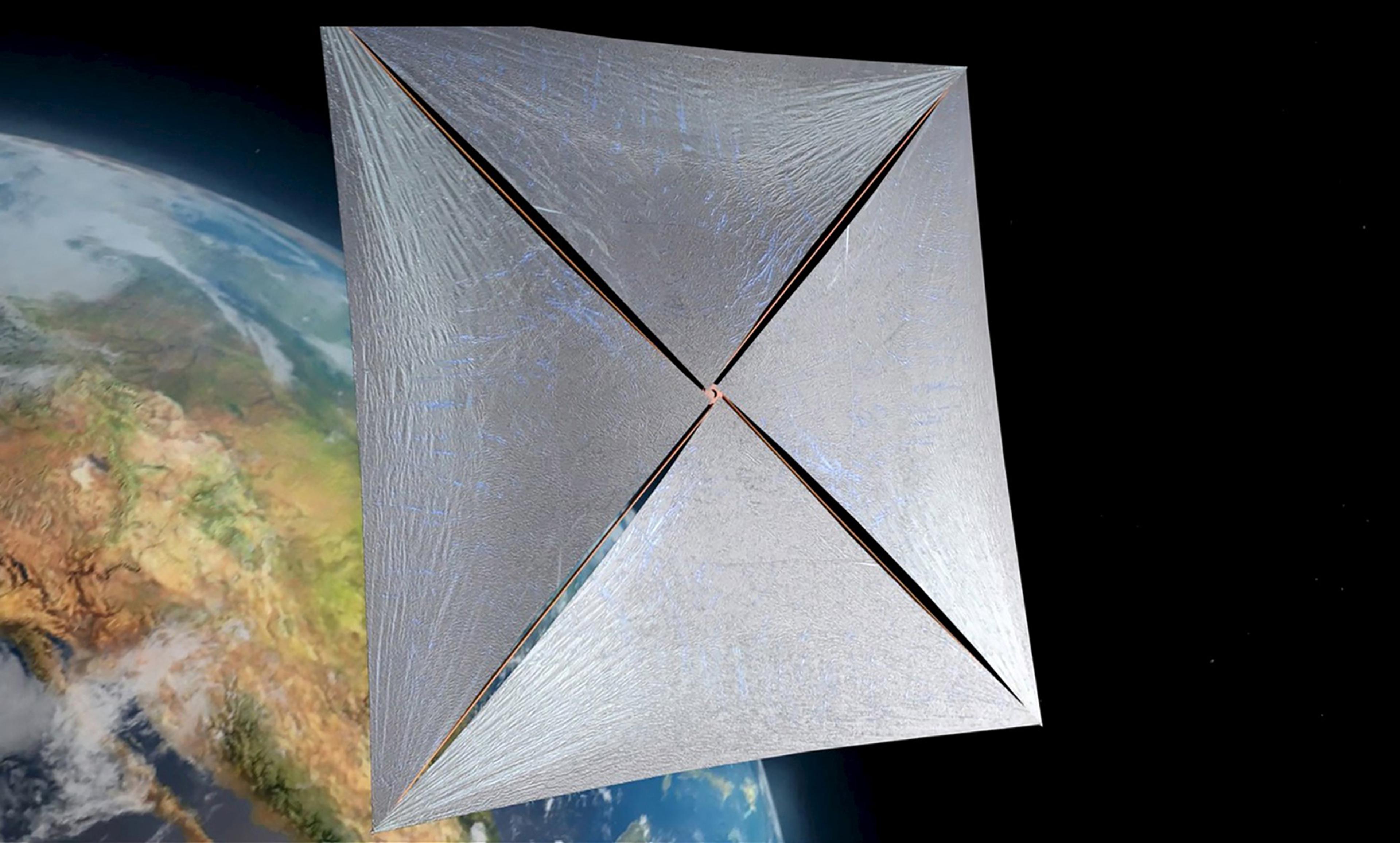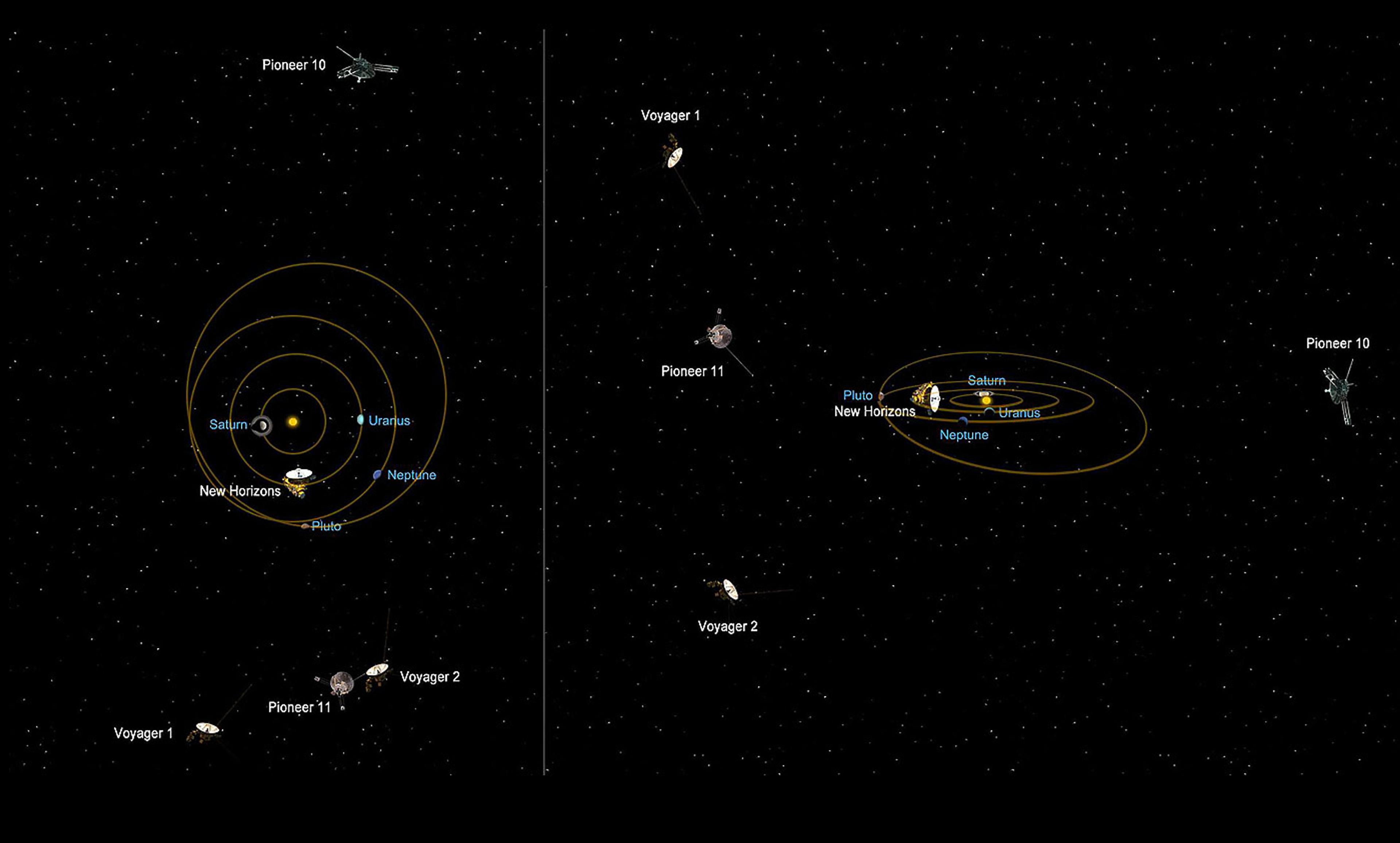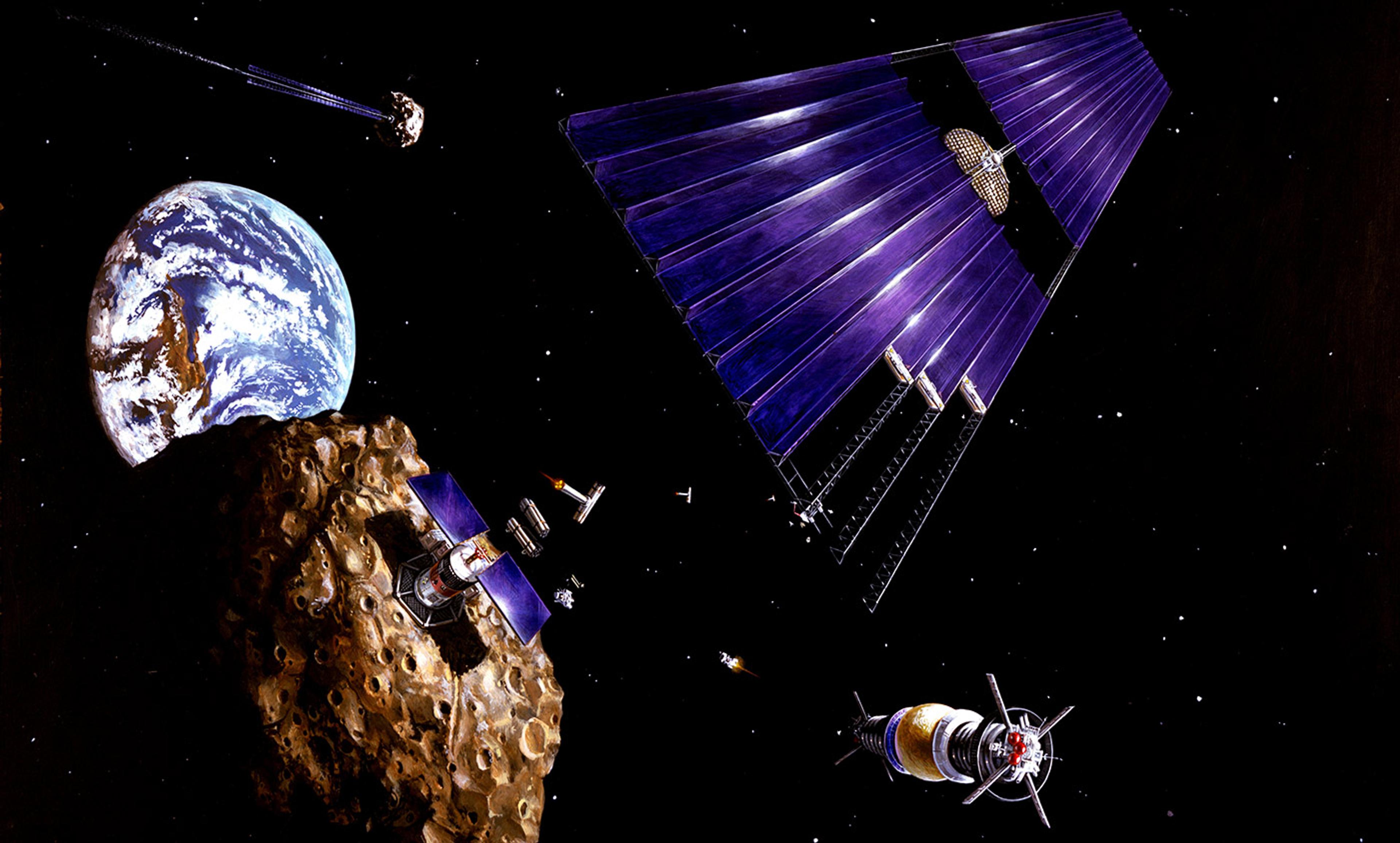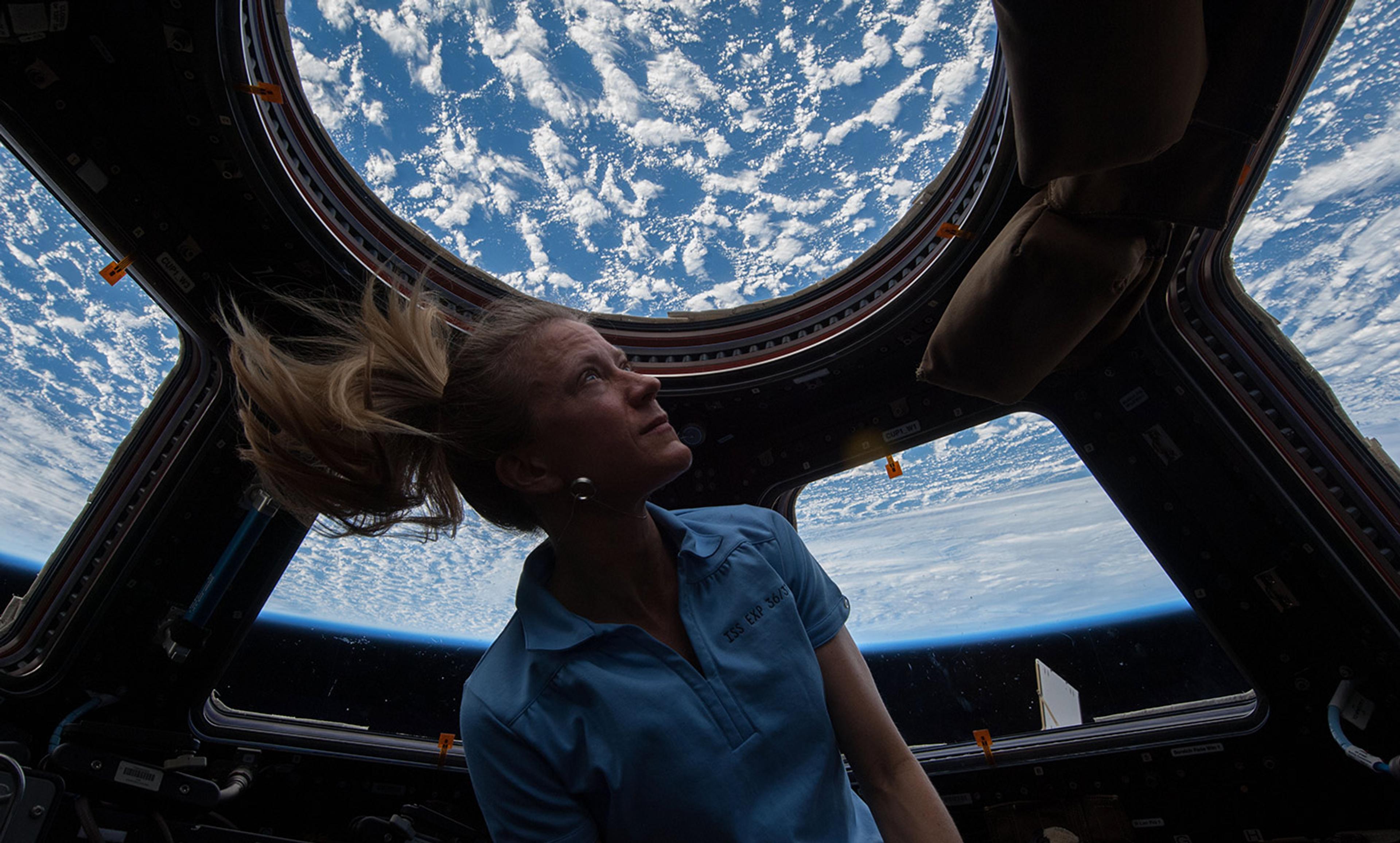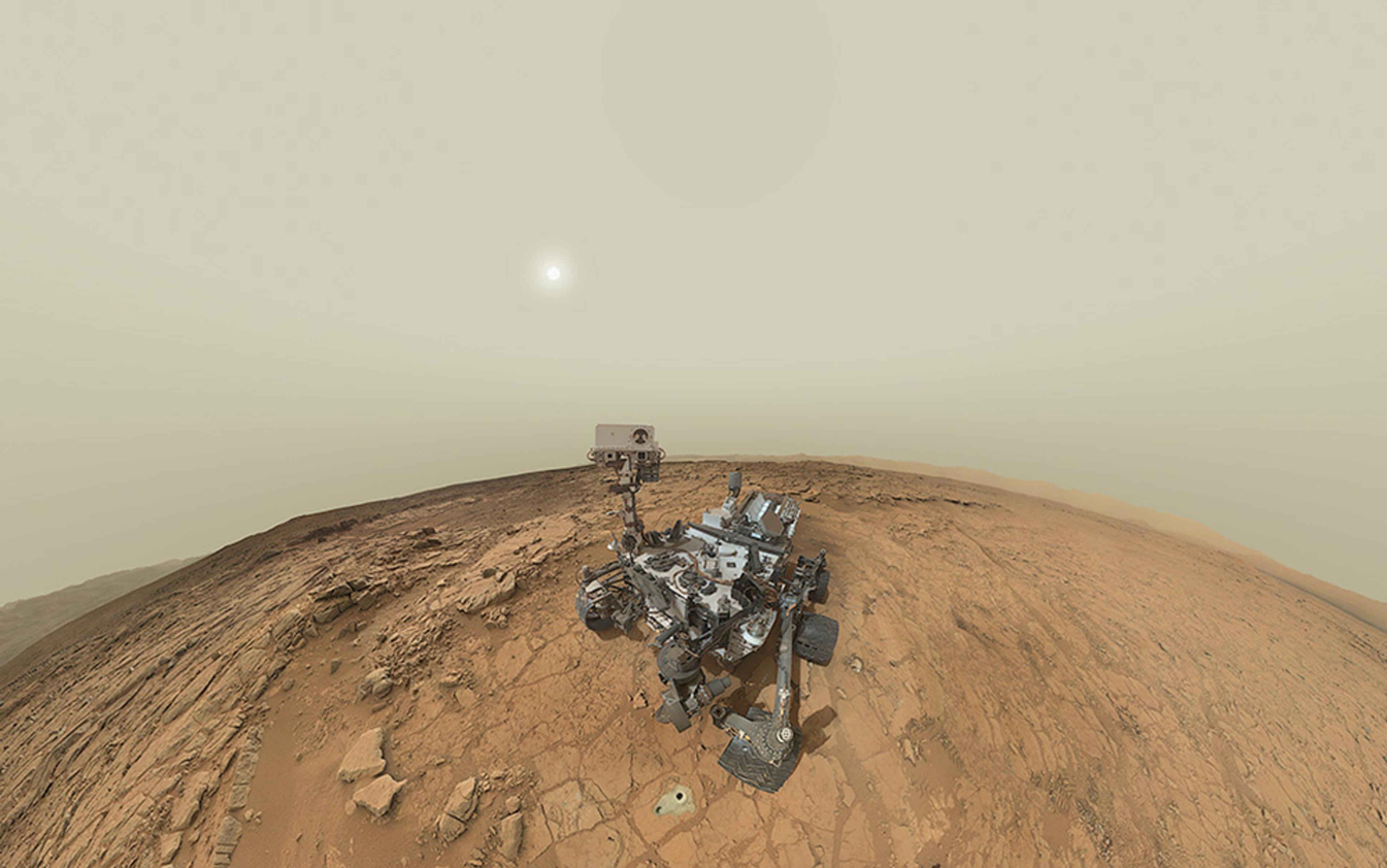Photo courtesy Breakthrough Initiatives
Fifty-five years ago, Yuri Gagarin rocketed into orbit and began to break our bonds to our planet. To mark the occasion, the nonprofit Breakthrough Institute just announced plans to free us from an even more formidable set of bonds and send a fleet of small spacecraft beyond our solar system, off to the stars. News of the ‘Breakthrough Starshot’ plan was met with great enthusiasm, but also with more than a little skepticism. The distance between stars is vast. Our closest neighbour, the Alpha Centauri system, is 4.4 light years away – roughly 25 trillion miles. The Voyager 1 spacecraft, the fastest object ever created by humans, would take 70,000 years to travel that far. Many reporters greeted the Breakthrough Starshot as an idea grounded more in fantasy than in reality.
The reaction was understandable. All previous plans for interstellar flight relied on non-existent or impractical technologies such as antimatter, wormholes and warp drives. But now we have a concrete path forward, which I have published in detail. It is possible to begin the journey to the stars today.
Drawing on recent advances in photonics and electronics, we could use arrays of lasers to accelerate miniature probes (the size and mass of a semiconductor wafer, weighing less than one ounce) to unprecedented velocities. Particles of light, or photons, have no rest mass but they carry energy and momentum. Just as a sailboat can be propelled by the wind, light sails can ride the momentum of photons by reflecting a wind of intense laser light. We call such focused beams of light ‘directed energy’.
On modest scales, directed-energy systems are already becoming available with continuous power levels around 100 kilowatts. A greatly scaled-up version could propel a small spacecraft to velocities exceeding 20 per cent the speed of light, nearly 4,000 times what Voyager 1 achieved. Doing so would require kilometre-size arrays of synchronised, or ‘phased’, photonic amplifiers, each similar to but far more powerful than the signal boosters used today to drive internet data through fibre-optic cables. Although it would be extremely challenging, building such an array should be feasible within 30 years, judging from the current rate of technological development. Directed-energy propulsion could send a probe to Alpha Centauri in about 20 years, with another four years required for data to return, or could reach Tau Ceti (which has a system of five known planets) in about 60 years with a 12-year return message.
Better yet, we will send a whole fleet of probes. Almost all the development costs will go into building the directed-energy launch system. The probes themselves would be small devices tethered to reflective sails, cheap to build. The total cost of launching 100 probes would be scarcely any greater than launching one. Potentially, we could build millions of probes of many different masses, from ‘wafer’ spacecraft the size of an iPhone (but much thinner) to much larger probes, all carrying sophisticated cameras, sensors and a laser-communication system powered by a compact (RTG), similar to the one aboard the New Horizons probe that flew past Pluto last summer. The probes would store up energy between communication bursts, and draw additional power from solar cells when they near their destination stars.
The smallest and most challenging of these are the wafer-scale spacecraft, which would require miniaturised accelerometers and gyros, star trackers, photon thrusters for attitude control, computers and memory, magnetic-field and radiation sensors, dust-impact sensors, spectrometers, and the critical laser communications system. The communications system would use a chip-level laser diode and data-encoding system with a burst power of a few watts; it would direct data to Earth by bouncing a laser beam off the same sail that propels the probe. Back home, the laser-phased array used to propel the wafer probe would run in reverse as a phased-array telescope, acting as a square-kilometre receiving system to receive the weak laser signal from our interstellar traveller. After the directed-energy propulsion array, the data-communication system probably poses the greatest technological challenge.
Once we master directed-energy propulsion, a breathtaking range of possibilities open before us. Laser-array technology is modular and scalable, allowing us to send ever-larger and more capable systems to nearby stars. It would enable rapid travel to any destination in the solar system, linked back to Earth via high data-rate laser communications. Focused beams of laser energy could protect our planet by deflecting any hazardous near-Earth objects such as asteroids and comets. Used as a remote-sensing probe, the laser array could determine the composition of distant bodies in the solar system. The same basic tech could be configured as extremely large, high-precision, phased-array telescopes for specialised studies in astronomy and cosmology. If we so desired, we could even beam messages to potential alien civilisations that would be detectable across the entire visible Universe. More important, other intelligent life presumably could do the same thing, and thus we should be able to detect them. I recently published a paper on this possibility.
No longer are we limited by chemical rocket technology that has changed little since its invention centuries ago. With directed-energy photonic propulsion, we face no speed limits except that of light itself, and spacecraft can be radically miniaturised since their main propulsion system stays at home. And a single photonic driver could power an essentially unlimited number of probes, so the cost for each launch could drop sharply. No longer would we need to wait years or decades between major space missions.
Right now, directed-energy technology is poorly appreciated outside a small community, but it is progressing rapidly. The power output of laser systems and the ability to synchronise and ‘parallel-process’ with them are doubling approximately every 18 months, similar in pace to ‘Moore’s Law’, which transformed the semiconductor industry. At that rate, we can expect greatly expanded capabilities to emerge over the coming decades. In the current concept, the fastest interstellar probes are designed to be flyby missions; farther in the future, an interplanetary transport network might use a second, decelerating laser array at the destination – Mars, for example – to shuttle a steady flow of passengers and cargo back and forth between the two stops.
Inconceivable as it might seem, people alive today could some day see direct pictures of planets around nearby stars, perhaps glimpsing lands that will be colonised by later generations. There is a lot of work ahead. We need to build larger and more powerful laser arrays; understand the associated problems; and fold this knowledge into next-generation systems until we reach our goal. At the same time, we need to develop wafer-scale spacecraft, low-mass sails and laser communication systems. Doing all this will cost billions of dollars, but we already spend billions of dollars on space exploration every year (not to mention the hundreds of billions on defence and technology development).
Our published ‘roadmap’ to interstellar flight shows the way. The Breakthrough Starshot programme allows us to start developing the key technology. We can achieve this future, and we can begin now.
